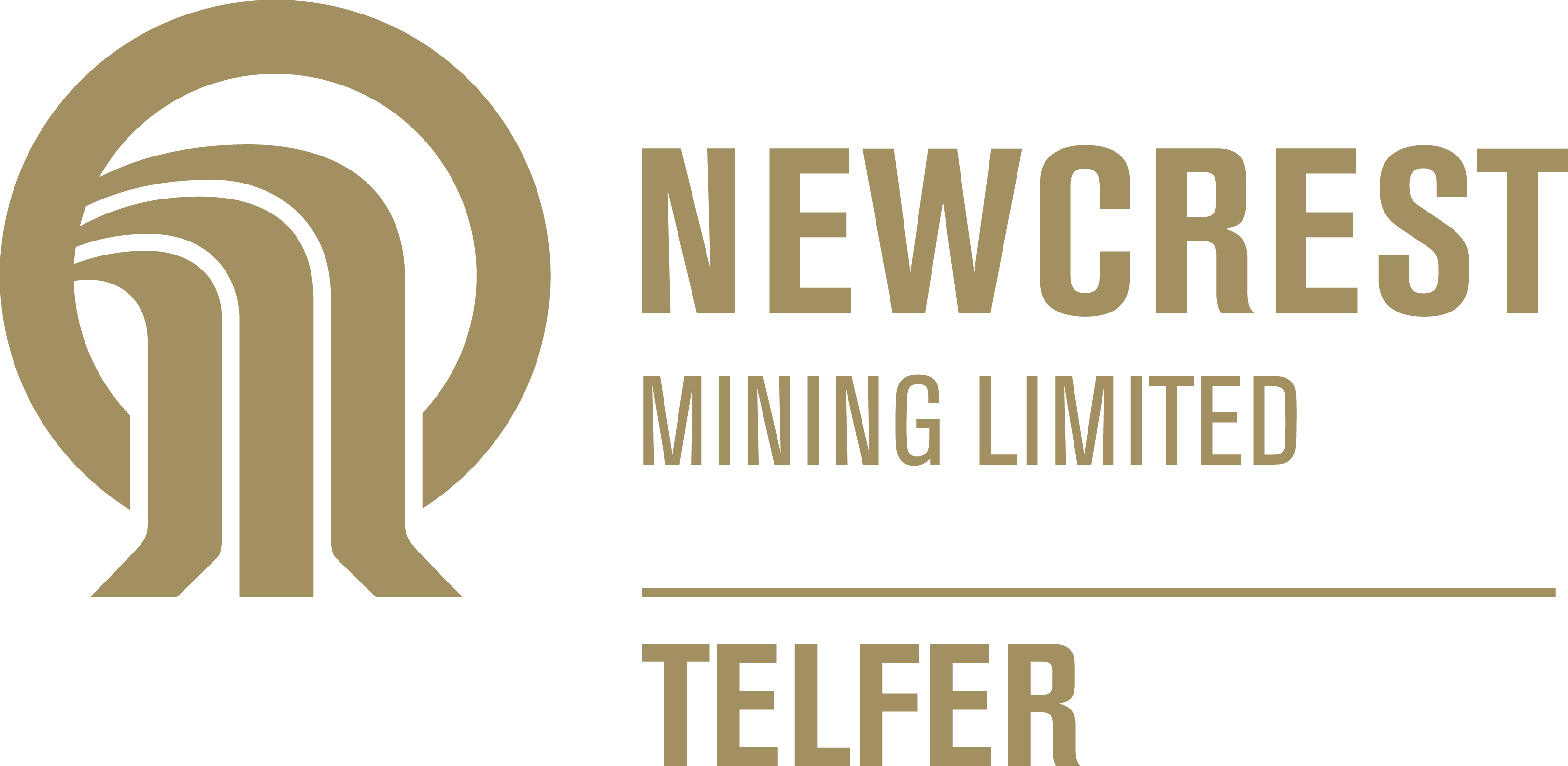Title Page
-
Conducted on
-
Name of auditor
-
Company name
-
Rig number
-
Rig type
-
Level/Location
1.0 GENERAL
-
1.1 Safety signage in place; Visible, legible and in good condition.
-
1.2 Barricading. Safety chains in place at entrance to drill site.
-
1.3 Pre-starts and Maintenance. Completed and issues rectified
-
1.4 MSDS. Are MSDS available for all chemicals / oils being used (stored on Ipad)
-
1.5 Muster Point. Visible and included in site induction
2.0 PERSONNEL
-
2.1 Are all personnel inducted, competent and authorised to perform their task
-
2.2 Driller
-
2.3 Drillers assistant 1
-
2.4 Drillers Assistant 2
-
2.5 Other
3.0 SAFETY
-
3.1 First aid kits. Adequate, easily accessible and at least 1 crew member a 1st aider
-
3.2 Emergency Procedures. Is the drill crew aware of the emergency procedures and the location of the nearest refuge chamber
-
3.3 PPE. Meets site requirements and in good condition, long hair tied back,no loose clothing or adornments. Available for all tasks
-
3.4 Spare PPE available at the drill site and are all crews trained in its correct use
-
3.5 Communication. Comms available and operational, Emergency contacts clearly displayed, are all personnel aware of communication procedures
-
3.6 Gas Monitor. Present, operational and inspected within 6 months
-
3.7 Jumbo Box. Is the jumbo box hung off the ground, securely fastened to the walls and protected from water
-
3.8 Electrical equipment. Does all electrical equipment have current tagging and testing
-
3.9 Isolation. Can all power sources be isolated, are isolation points lockable and signed
-
3.10 Lighting. Adequate lighting and all lights functioning
-
3.11 Red zoning. Are the applicable red zones clearly marked and communicated by the driller.
-
3.12 Valid ATD and drillers summary. Hold points and exclusion zones for potential breakthroughs.
-
3.13 Mud map. Up to date with collar locations
-
3.13 Pulling/Inserting inner tube. Identify that the correct procedure is being followed. Consideration given to hole angle and size of cuddy.
4.0 DRILL RIG
-
4.1 Face Plate Secure. Is there any signs of excessive movement
-
4.2 Guarding. Are all moving parts guarded and all other relevant guarding in place
-
4.3 Emergency stops. Are all emergency stops clearly marked, accessible and working
-
4.4 Hydraulic Hoses. Are all hoses to the power pack and feedframe free from obvious wear and damage. Not rubbing on sharp edges?
-
4.5 Air Hoses. Are safety clips on all air hoses and hoses in good condition
-
4.6 Wireline and Lifting Gear. In good condition, guarded and anchored securely
-
4.8 Deadman switch. Is it operational and in use.
-
4.9 Fire extinguishers / suppression. Adequate, easily accessible, fully charged and inspection tagging within 6 months
-
4.10 Fuel or oil leaks No oil pooling under rig
-
4.11 Spin cage (if applicable) operational and in use.
6.0 POWER PACK
-
6.1 Hoses and Couplings. Are they all free of obvious wear and damage
-
6.2 Electrical Boxes. Are electrical boxes locked/bolted
-
6.3 Guarding. All guards and covers to be in place
-
6.4 Cleanliness. Is power pack clean, level and no loose or heavy items stored on it
-
6.5 Gauges and Switches. Functioning as required
7.0 DRILL SITE AND HOUSEKEEPING
-
7.1 Trip / slip hazards. Is the site free of any potential hazards
-
7.2 Electrical cables. All cables should be off the ground and out of work areas
-
7.3 Tools and equipment. Are all tools stored correctly, are they clean and in serviceable condition
-
7.4 Rods and Casing. Are rods / casing stored in stillages / rod slews and away from work areas. Rods should be secured at all times
-
7.5 Rod Stillage/Racking. Vertical racks secured. Rod racks engineered to correct standards and weight rating.
-
7.6 Hydrocarbon management. Are all oils, fuels and chemicals stored correctly (bunded) and safety signage in place
-
7.7 Litter / rubbish disposal. Is site free from litter and all rubbish / waste being disposed of correctly
-
7.8 Ground support. Has been installed to site standard and is in good condition.
-
7.9 Ventilation. Is there sufficient ventilation
-
7.10 Drainage: Is there adequate drainage, and has it been cleared out to stop water pooling and mud buildup in the work area
8.0 SUPPORT VEHICLES
-
Are support vehicles parked up correctly?
-
8.1 Tyres. No excessive wear or damage.
-
8.2 Fuel or oil leaks. No visible leaks.
-
8.3 Fire extinguishers. Adequate, accessible, tagged and in date.
-
8.4 Communications. Available and operational.
-
8.5 First aid kit. Easily accessible and adequate.
-
8.6 Vehicle Permit. Site permitted as required.






